Rice Around the World: A Flavorful Journey Through Global Spice Traditions
Table of Contents
- Introduction
- Asia’s Spiced Rice Treasures
- Middle Eastern Meets Mediterranean Magic
- India’s Iconic Biryani & Pulaos
- Caribbean Heat: Jerk & Creole Rice Traditions
- West African Wonders: Jollof & Thieboudienne
- Buying Guide: Essential Spices for Rice Dishes
- Conclusion
Introduction
Rice is more than just a staple grain — it's a canvas for global flavor. From the fragrant biryanis of India to the fiery jollofs of West Africa, rice has long been a cornerstone of cultural identity, community gatherings, and festive celebrations. And at the heart of these rice traditions lies a vibrant array of spices that transform simple grains into unforgettable dishes.
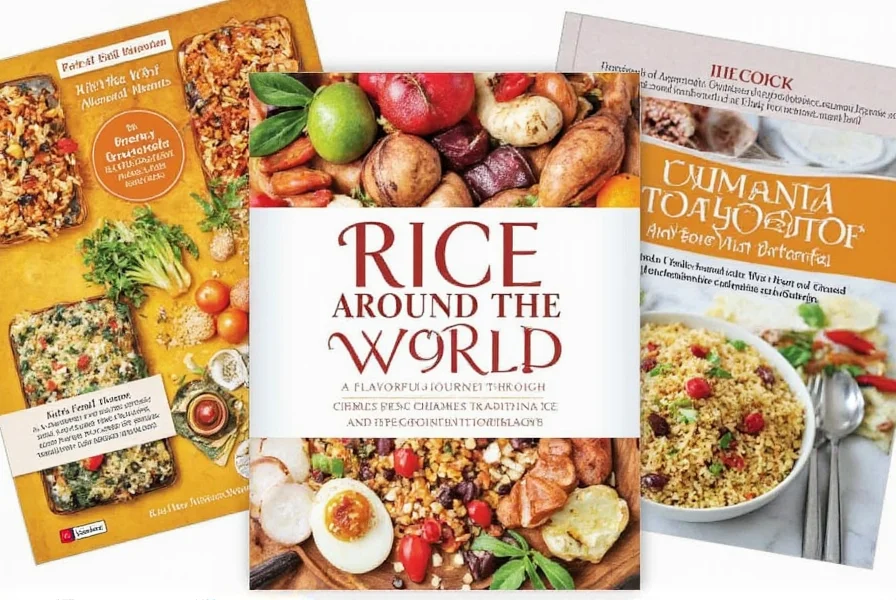
This article takes you on a journey through some of the most beloved rice traditions around the world, exploring how different cultures have used spices not only to enhance flavor but also to tell stories, preserve heritage, and connect generations. Along the way, we’ll share practical tips and a curated buying guide to help you bring these rich flavors into your own kitchen.
Asia’s Spiced Rice Treasures
Asia is home to some of the oldest and most diverse rice traditions. Whether steamed, fried, or wrapped in banana leaves, Asian rice dishes are often enhanced with aromatic spices and herbs that elevate every bite.
Biryani vs. Fried Rice: Two Sides of the Spice Coin
| Dish | Origin | Key Spices | Main Ingredients | Cooking Method |
|---|---|---|---|---|
| Biryani | South Asia | Saffron, cardamom, cloves, cinnamon | Basmati rice, meat or veggies | Layered dum cooking |
| Fried Rice | East Asia | Sesame oil, ginger, garlic | Jasmine rice, soy sauce, egg | Stir-fry |
Nasi Lemak: Malaysia’s Coconut Milk Masterpiece
Malaysia’s beloved nasi lemak starts with rice cooked in coconut milk and pandan leaves, giving it a creamy texture and floral aroma. It’s typically served with spicy sambal, crispy anchovies, boiled egg, and peanuts.

- Spice Tip: Add finely chopped lemongrass to the rice while simmering for an extra citrusy kick.
- Pro Hack: Use leftover nasi lemak as a base for a quick breakfast porridge by adding hot water and shredded chicken.
Middle Eastern Meets Mediterranean Magic
In the Middle East and Mediterranean regions, rice is often treated like royalty — slow-cooked with layers of spices and garnished with dried fruits, nuts, and meats.
Mandi Rice (Yemen)
Mandi rice is traditionally cooked under a whole lamb that’s slow-roasted in an underground pit. The rice absorbs the smoky, spiced juices from the meat.
- Signature Spices: Black lime (loomi), cardamom, turmeric
- Best For: Special occasions, weekend feasts, impressing guests
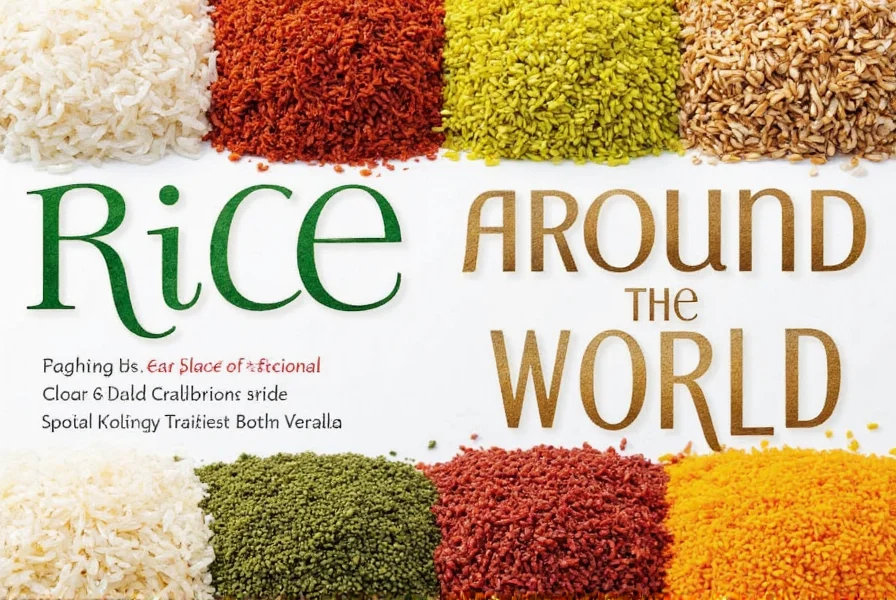
Pilaf & Tabbouleh: Contrasting Textures
| Dish | Texture | Flavor Profile | Best Pairings |
|---|---|---|---|
| Pilaf | Separate, fluffy grains | Earthy, warm, nutty | Grilled meats, stews |
| Tabbouleh | Fresh, herbaceous | Light, zesty, refreshing | Mezze platters, falafel |
India’s Iconic Biryani & Pulaos
Indian cuisine boasts a dizzying array of rice dishes, each region putting its own signature spin on the classic base. Biryani and pulao are two of the most celebrated rice traditions in the country.
Hyderabadi vs. Lucknowi Biryani
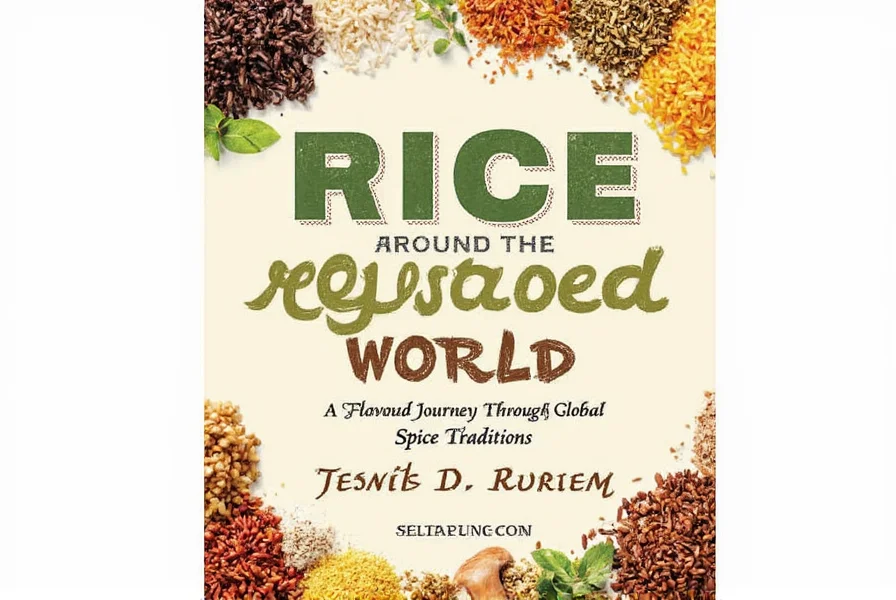
| Style | Region | Cooking Style | Key Spices |
|---|---|---|---|
| Hyderabadi | Telangana | Kacchi style (raw marinated meat layered with rice) | Saffron, mint, chili |
| Lucknowi | Uttar Pradesh | Pakki style (pre-cooked meat layered with rice) | Rose water, saffron, garam masala |
Pulao: Simpler But Equally Delightful
Pulao is less intense than biryani but no less flavorful. Often made with seasonal vegetables, peas, or even prawns, pulao is a comforting dish that can be whipped up in minutes.
- Tip: Toast your cumin seeds before adding water to release their full aroma.
- Pair With: Raita or pickle for balance
Caribbean Heat: Jerk & Creole Rice Traditions
The Caribbean islands blend African, European, and indigenous influences into vibrant rice dishes bursting with heat and flavor. Think jerk seasonings, tropical fruits, and bold spices.
Jerk Rice
Jerk rice is often cooked with coconut milk and infused with scotch bonnet peppers, thyme, allspice, and garlic. It pairs beautifully with grilled chicken or seafood.
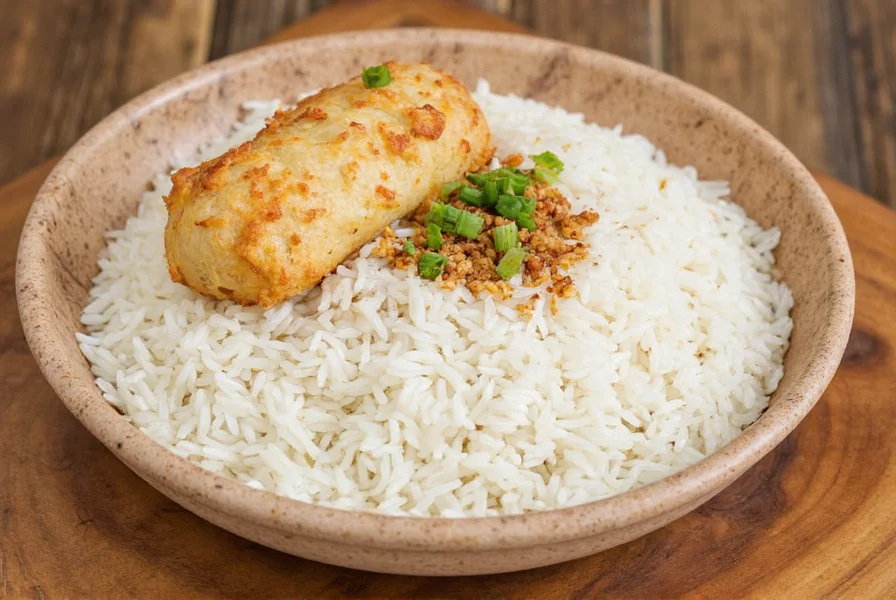
- Pro Tip: Use fresh thyme instead of dried for better depth of flavor.
- Vegan Option: Replace coconut milk with almond milk and skip the fish sauce if using.
Creole One-Pot Rice
Similar to jambalaya, Creole rice dishes use smoked paprika, bay leaf, celery salt, and sometimes okra to create a hearty, spiced one-pot meal.
| Spice | Role in Dish |
|---|---|
| Smoked Paprika | Adds earthy warmth and color |
| Bay Leaf | Provides subtle herbal notes |
| Scallions | Adds freshness and crunch |
West African Wonders: Jollof & Thieboudienne
No discussion of rice traditions would be complete without mentioning Jollof rice — the pride of West Africa. Loved across Nigeria, Ghana, and Senegal, this dish sparks passionate debates about which country makes it best.
Jollof Rice Showdown
| Country | Signature Ingredient | Texture | Heat Level |
|---|---|---|---|
| Nigeria | Curry powder | Moist and slightly mushy | Medium to high |
| Ghana | Stock cubes | Looser, more broth-like | Low to medium |
| Senegal | Thyme and lemon | Light and fluffy | Low |
Thieboudienne (Senegalese Style)
Senegal’s version, called thieboudienne, includes fish, carrots, cabbage, and tomato paste. It’s a balanced meal that showcases both land and sea.
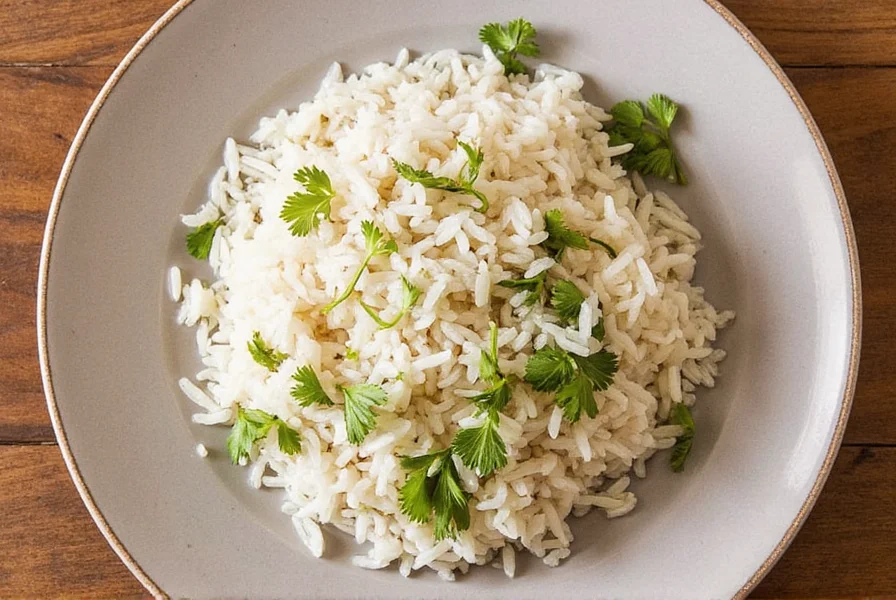
- Secret Trick: Parboil your rice before frying for a firmer texture.
- Flavor Enhancer: Add a splash of tamarind concentrate for tanginess.
Buying Guide: Essential Spices for Rice Dishes
Whether you’re recreating biryani, jollof, or pilaf, having the right spices on hand makes all the difference. Here’s a curated list of must-have spices for your rice pantry:
Top 5 Must-Have Spices for Rice Dishes
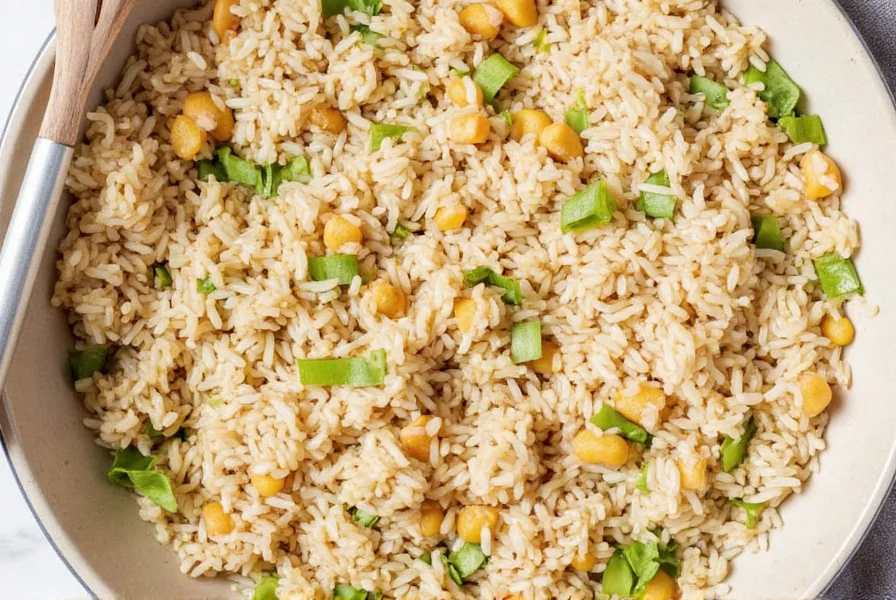
Cardamom Pods
Essential for biryanis and pilafs. Adds a sweet, floral note.
- Use Cases: Indian, Middle Eastern, Nordic desserts
- Storage: Keep in airtight container away from light
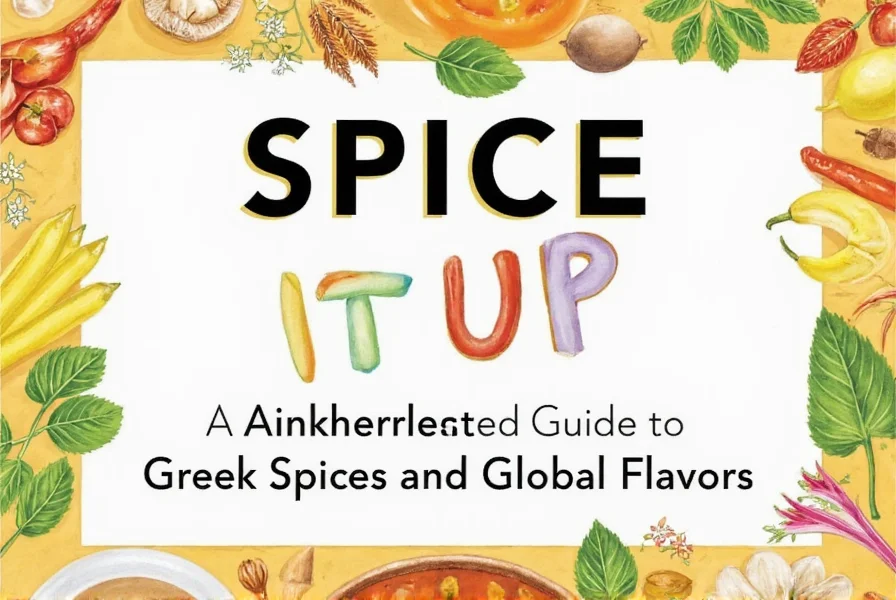
Saffron Threads
Premium spice known for its golden hue and delicate floral flavor.
- Use Cases: Biryani, paella, risotto
- Pro Tip: Bloom saffron in warm liquid before adding to rice
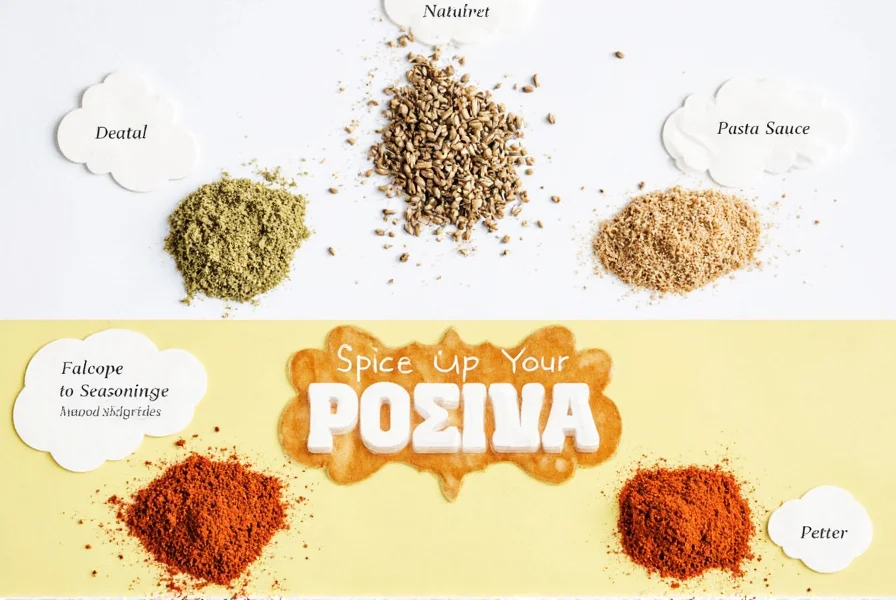
Cayenne Pepper
Perfect for adding heat to Caribbean and African rice dishes.
- Use Cases: Jerk rice, jollof, curries
- Caution: Start with small amounts and adjust to taste
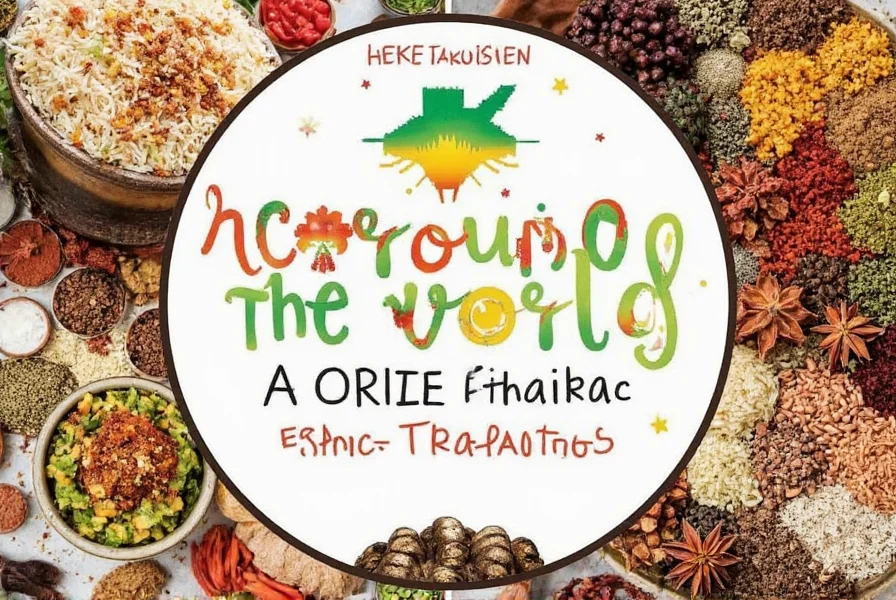
Smoked Paprika
Brings deep, smoky flavor to Spanish, Caribbean, and Creole dishes.
- Use Cases: Paella, gumbo, jerk rice
- Pair With: Garlic, onion powder, oregano

Turmeric Powder
Not just for curry — adds beautiful color and mild earthiness to rice.
- Use Cases: Mandi rice, yellow rice, detox bowls
- Health Tip: Combine with black pepper to boost absorption
Conclusion
Rice may seem humble, but when paired with the right spices, it becomes a powerful storyteller of culture, history, and love. Whether you're savoring biryani on a festival day or enjoying a bowl of thieboudienne on a lazy Sunday, these global rice traditions remind us of the shared joy of food and the beauty of diversity.
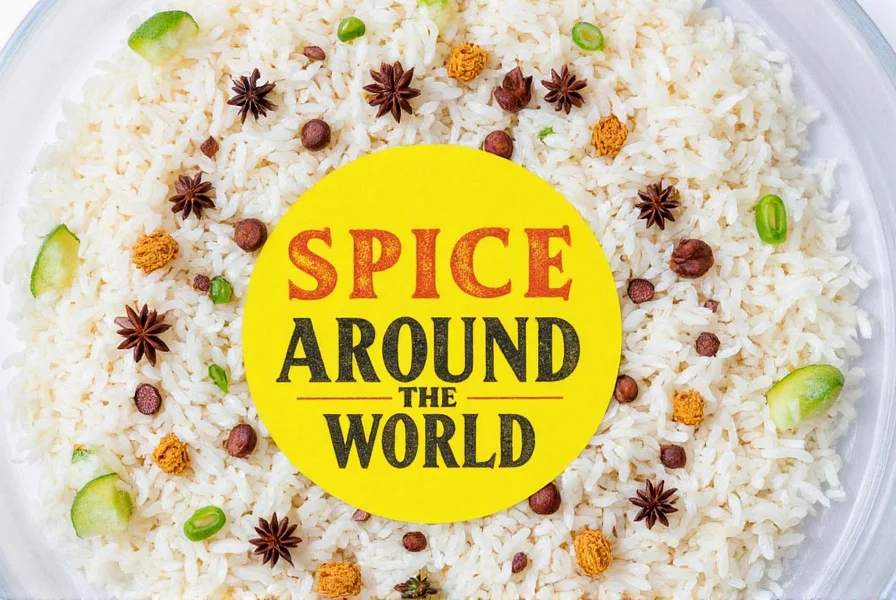
Now that you’ve taken a tour of the world’s most cherished rice dishes, it’s time to stock up your spice rack and start experimenting in the kitchen. Remember — a well-seasoned pot of rice can transport you to any corner of the globe, no passport required!

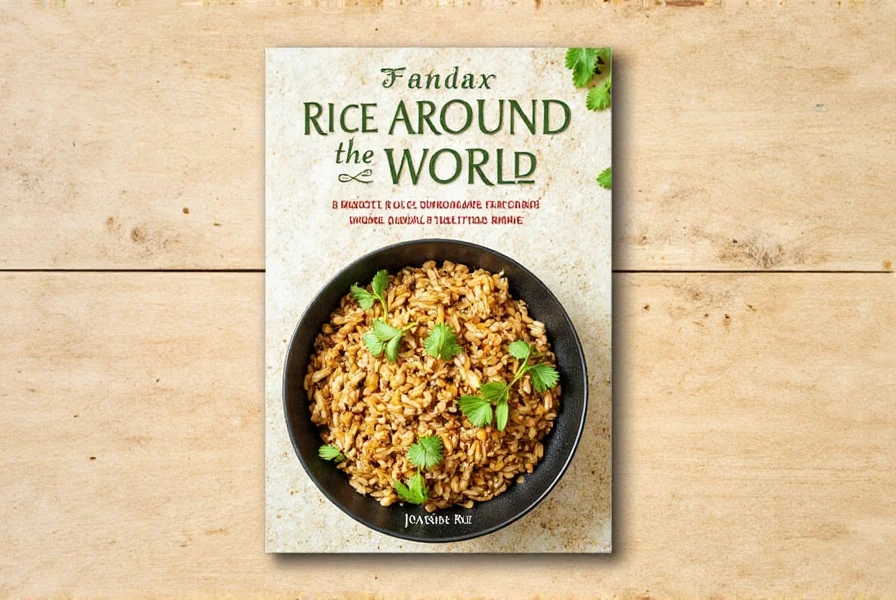









 浙公网安备
33010002000092号
浙公网安备
33010002000092号 浙B2-20120091-4
浙B2-20120091-4